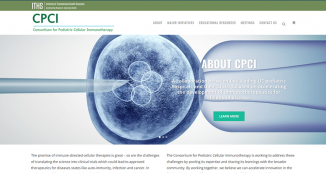
26 Jan New Study Looks at Variability in Care at Pediatric Trauma Centers
Dr. Katherine Flynn-O’Brien, a General Surgery Resident at UW Medical Center, wanted to study how the structure and care processes for critically injured children varied across institutions. To do that, she would need to survey institutions with pediatric intensive care units that treat trauma patients. But first, she needed a way to manage the data.
“The Institute of Translational Health Science’s installation of REDCap was essential to our work for multiple reasons,” Flynn-O’Brien said, referring to the program she used to support data capture for her study. “One reason is we had to send out reminders to institutions regarding the survey. A lot of that was automated by REDCap. We also loved REDCap because we had to identify two people at each institution to which to send surveys, and REDCap really facilitated the merging of those surveys.”
Of the 72 institutions Flynn-O’Brien contacted, 69 responded to the survey. Using REDCap, she surveyed the institutions about their infrastructure and care processes in the trauma bay and the pediatric intensive care unit.
“The goal of this project was to explore and describe the variation in pediatric trauma management throughout the nation,” Flynn-O’Brien said, “so that we can ultimately identify the care processes that are associated with the best outcomes. This survey was the first step in that process.”
Flynn-O’Brien is using her data to look at differences in specific processes. She noted that there were “significant differences in the number of children who received DVT prophylaxis; the way cervical spine collars were cleared; and how and when children were fed after injury.”
She also looked at the structure of the institutions and found that in the trauma bay and ICU “there is significant variability in who is making decisions both in terms of the care team involved in making decisions and the primary decision maker.”
With each of the 69 institutes answering between 70 and 100 questions, Flynn-O’Brien had a lot of data to parse through. Being able to easily export the data into Stata was a huge benefit, she said.
Flynn-O’Brien plans to use the ITHS REDCap installation for another survey that will be sent to hundreds of hospitals across six states. “The ability to modify the instruments, to create branching logic, to facilitate ease of use for study participants are all benefits of REDCap,” she added.
To learn more about REDCap, please visit the ITHS REDCap web page.







